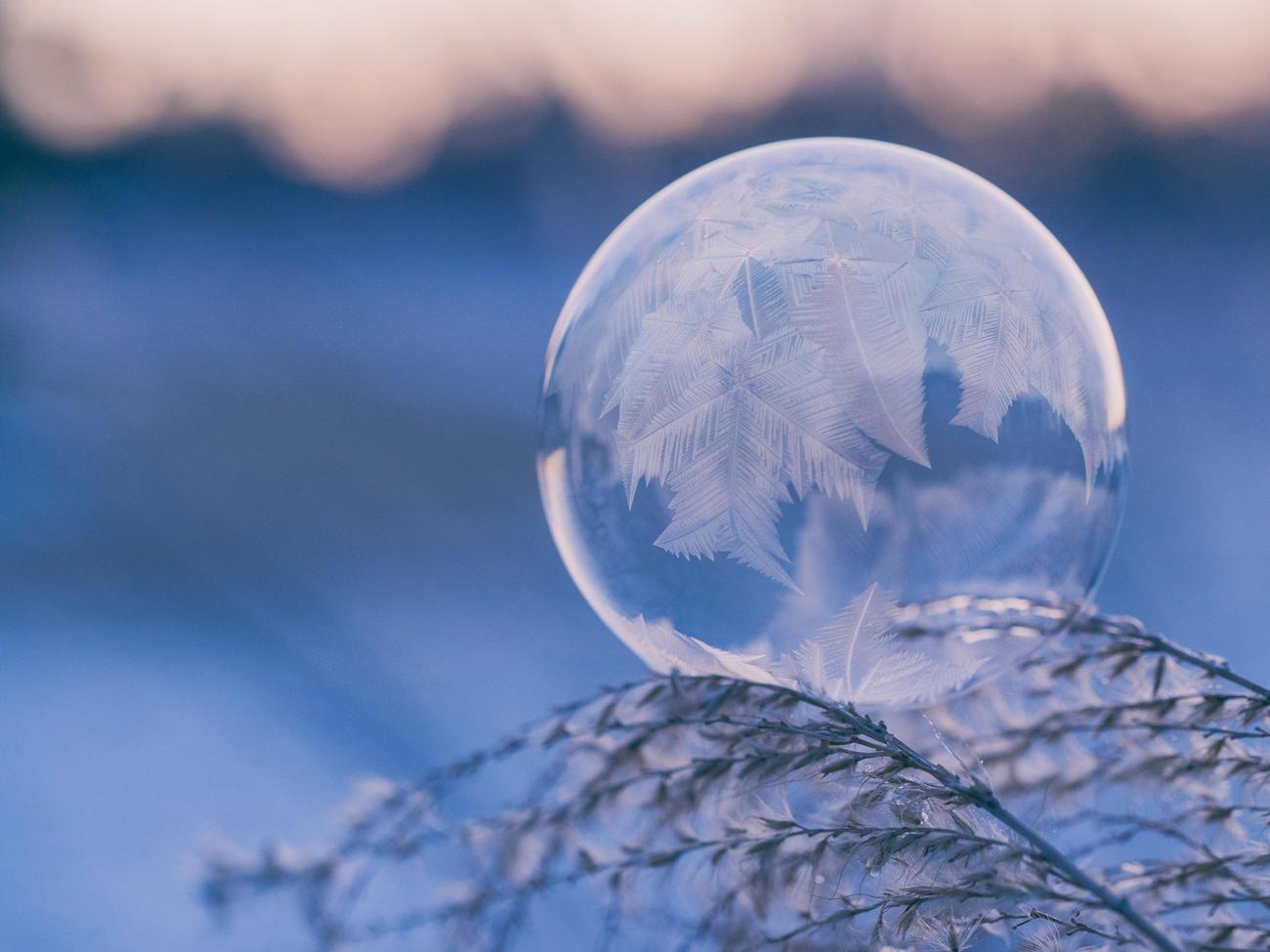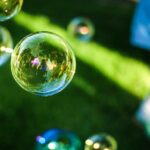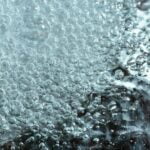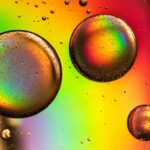Are you ready to dive into a world of wonder and enchantment? Brace yourself as we embark on an extraordinary journey, unravelling the mesmerizing secrets of bubble formation. Imagine a world where spheres of pure delight dance in the air, captivating our senses and igniting our curiosity. In this article, we will delve into the captivating realm of bubbles and explore the question that has fascinated minds for centuries: How are bubbles made? Prepare to be enthralled as we uncover the captivating science behind the creation of these enchanting and elusive spheres. Get ready to immerse yourself in the captivating world of bubble formation, where science meets fascination!
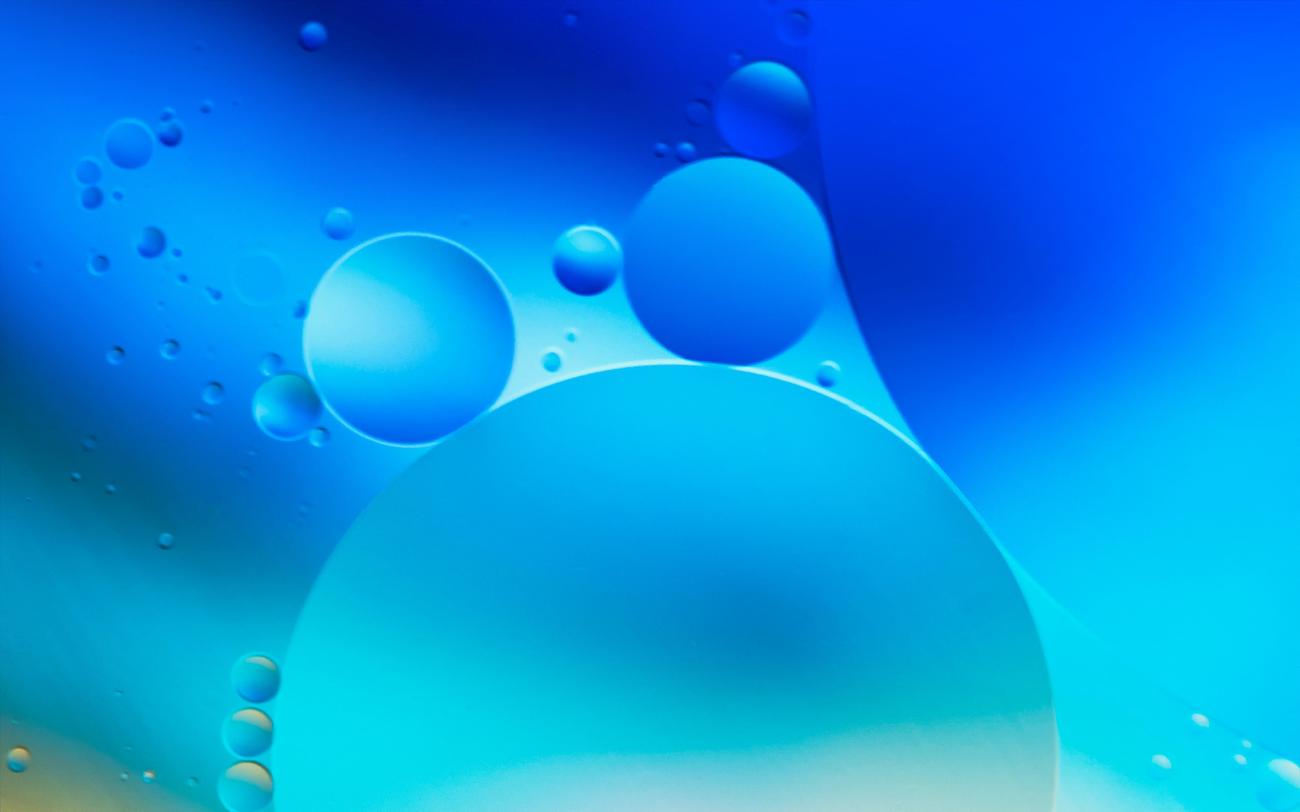
How are bubbles made?
Bubbles have a magical way of captivating our attention, whether they’re floating through the air or popping as we play with them. But have you ever wondered how these ephemeral spheres come into existence? The science behind bubble formation is a fascinating journey into the world of surface tension, soap molecules, and the wonders of gas. In this article, we will unravel the secrets behind the creation of bubbles and delve into the captivating process behind them.
To understand how bubbles are made, we first need to dive into the structure of the thin film that forms the bubble. This film is created by soapy water, which consists of water molecules sandwiched between two layers of soap molecules. Imagine it as a sandwich, with the water as the filling and the soap molecules as the bread. This delicate film is what gives the bubble its spherical shape and allows it to trap air inside.
But how does this film actually form? The answer lies in the concept of surface tension. Surface tension is the force that holds the molecules of a liquid together, creating a thin skin on its surface. When we add soap to water, it disrupts the surface tension and makes it easier for the water to spread out and form a film. It’s like adding a bit of oil to a water droplet, causing it to spread out over a larger area.
Now that we understand the basics of bubble formation, let’s explore the different methods used to generate bubbles. The most common way to make bubbles is by blowing air through a soapy solution. As the air passes through the solution, it picks up a layer of soap molecules, forming a film. This film then traps the air inside, creating a bubble.
But there’s more to bubbles than just air and soap. Bubbles can also be made using gases other than air. For example, some bubble solutions contain carbon dioxide gas, which creates smaller, longer-lasting bubbles. Additionally, bubbles can be formed when water breaks down to produce hydrogen and oxygen gases. This shows the versatility of bubble creation and the wide range of gases that can be used to make them.
It’s important to note that bubble size can vary depending on the method and solution used. The biggest bubbles are often made with special bubble solutions and tools that enhance the film’s strength and durability. With the right mixture of ingredients and a little bit of practice, you can create giant bubbles that seem to defy gravity.
In conclusion, the process of bubble formation is a beautiful dance between surface tension, soap molecules, and trapped gases. The intricacies of the thin film that forms the bubble and the different methods used to generate bubbles make this phenomenon both playful and captivating. So next time you gaze at a floating bubble or blow one yourself, take a moment to appreciate the science and wonder behind its creation.
“Bubbles are not just child’s play; they are the result of a delicate balance between surface tension, soap molecules, and trapped gases.”
Bubbles are not just for kids! Did you know that bubbles exist in various forms and have fascinating characteristics? If you’re curious to learn some intriguing facts about bubbles, you’re in for a treat. Click here to explore some mind-blowing facts about bubbles. Get ready to be amazed as you delve into the world of bubbles and discover their mesmerizing secrets.
Keep reading to uncover more interesting tidbits of information. Did you know that bubbles can be found not only in soapy water but also in beverages like champagne? They provide a playful and whimsical element to our everyday lives, creating joy and excitement for children and adults alike.
As you continue reading, you’ll discover the science behind why bubbles are almost always round, how they can freeze in cold temperatures, and even how bubbles can glow in the dark! Additionally, you’ll find out about the largest bubble ever created and the challenges faced by bubble artists in their quest to create stunning bubble displays.
Don’t miss out on these captivating facts about bubbles! Click here to embark on a journey into the enchanting world of bubbles and unlock a whole new level of appreciation for these magical spheres.
Explore fascinating facts about bubbles
How are bubbles made? Have you ever wondered about the mesmerizing process behind the formation of bubbles? It’s a fascinating phenomenon that captivates both children and adults alike. One of the key aspects to understand about bubbles is the bubble formation itself. To delve deeper into this topic, let’s explore the properties of bubbles and the process of bubble creation.
The first aspect, bubble formation, is an intriguing process. It involves the transformation of liquid into a thin film or layer encapsulating air or another gas. This creates the iconic spherical shape that we all associate with bubbles. To gain a deeper understanding of this mesmerizing process, you can explore more about bubble formation here.
Understanding the properties of bubbles is another essential aspect. Bubbles possess unique characteristics that make them not only beautiful but also intriguing. Exploring the properties of bubbles can uncover fascinating insights into their behavior and their interactions with various mediums. If you’re intrigued by these properties, you can learn more about them here.
Finally, the process of bubble creation is a topic worth exploring. From the initial formation to the growth and eventual dispersion, understanding the process behind bubble creation can provide valuable insights into this natural phenomenon. If you’re curious to dive into the intricate details of the process, you can find more information about it here.
Indulge yourself in the captivating world of bubbles and embark on a journey of discovery. The formation, properties, and creation of bubbles await your exploration. So why wait? Click on the provided links and unravel the mysteries of bubbles today.
Unpoppable Bubbles: Experimenting with Bubble Solutions That Last!
[youtube v=”a-SPYPAedCA”]
Introduction:
Blowing bubbles is a classic and fun activity that we all enjoy, but have you ever wondered why bubbles pop so quickly? In this article, we will explore the science behind bubbles and discover a fascinating experiment to make bubbles that are almost unpoppable. Get ready to dive into the world of bubbles and learn some exciting techniques to create long-lasting bubble solutions!
Understanding the Science of Bubbles:
Bubbles are formed by a thin film created from a mixture of soapy water, which consists of water molecules sandwiched between two layers of soap molecules. This film is made possible by surface tension, which is the force that holds the molecules of a liquid together and allows the bubble’s thin, spherical shape to form. When you blow air through a soapy solution, the air becomes trapped within this film, resulting in the creation of a bubble.
The Popularity of Bubbles:
Bubbles are commonly made using air, but they can also be formed by gases other than air, such as carbon dioxide or a mixture of hydrogen and oxygen. The size of a bubble can vary depending on the method and solution used. Special bubble solutions and tools can produce larger bubbles, adding to the excitement and magic of bubble play.
The Delicate Science Behind Pop-Proof Bubbles:
Creating bubbles involves a delicate balance between surface tension, soap molecules, and trapped gases. This scientific process determines the lifespan of a bubble. When a bubble pops, it is because the water molecules within the bubble’s film escape, causing the air trapped inside to follow suit. Eventually, the bubble falls apart, leaving us with a burst bubble.
Experiment: Reinventing Bubble Solutions:
Now, let’s dive into an exciting experiment to create bubble solutions that last longer and make bubbles nearly unpoppable. By making our soap solution thicker, we can potentially extend the lifespan of our bubbles.
For this experiment, you will need to combine 4 tablespoons of water and 1 tablespoon of dish soap, just like the traditional bubble solution. However, to make the solution thicker, we will add 2 tablespoons of sugar. Sugar helps create thicker soap layers within the bubble film, making it more resilient.
After mixing the ingredients until the sugar dissolves, it’s time to compare the lifespan of our regular bubbles with the new and improved ones. In our experiment, the regular bubble lasted 30 seconds, while the sugar-enhanced bubble lasted an impressive 90 seconds—that’s 60 seconds longer!
Expanding Bubble Experiments:
The experimentation with bubbles doesn’t stop there. There are various bubble recipes you can experiment with and explore further. For example, you can replace the sugar with ingredients like corn syrup or glycerin to see how they affect bubble longevity. You can even try holding the bubbles by getting your hands wet and extending their lifespan.
Challenge yourself and ask a grown-up to join you in conducting your own bubble experiments. Who knows, you might discover a unique ingredient or technique that creates an even longer-lasting, unpoppable bubble!
“Don’t underestimate the power of experimenting with bubble solutions and unlocking the secrets of creating bubbles that defy the odds!”
Conclusion:
Bubbles are not only a source of entertainment but also a captivating scientific phenomenon. By understanding the delicate interplay between surface tension, soap molecules, and trapped gases, we can experiment with bubble solutions to create bubbles that last longer—bubbles that seem almost unpoppable. So, go ahead and explore the world of bubbles. Embrace the joy of discovery through experimentation, and who knows, you might uncover the secret to creating bubbles that are truly unstoppable!
Remember to hit the subscribe button for more exciting scientific adventures with Squeaks, me, and all our friends at SciShow Kids. Stay curious and keep exploring!
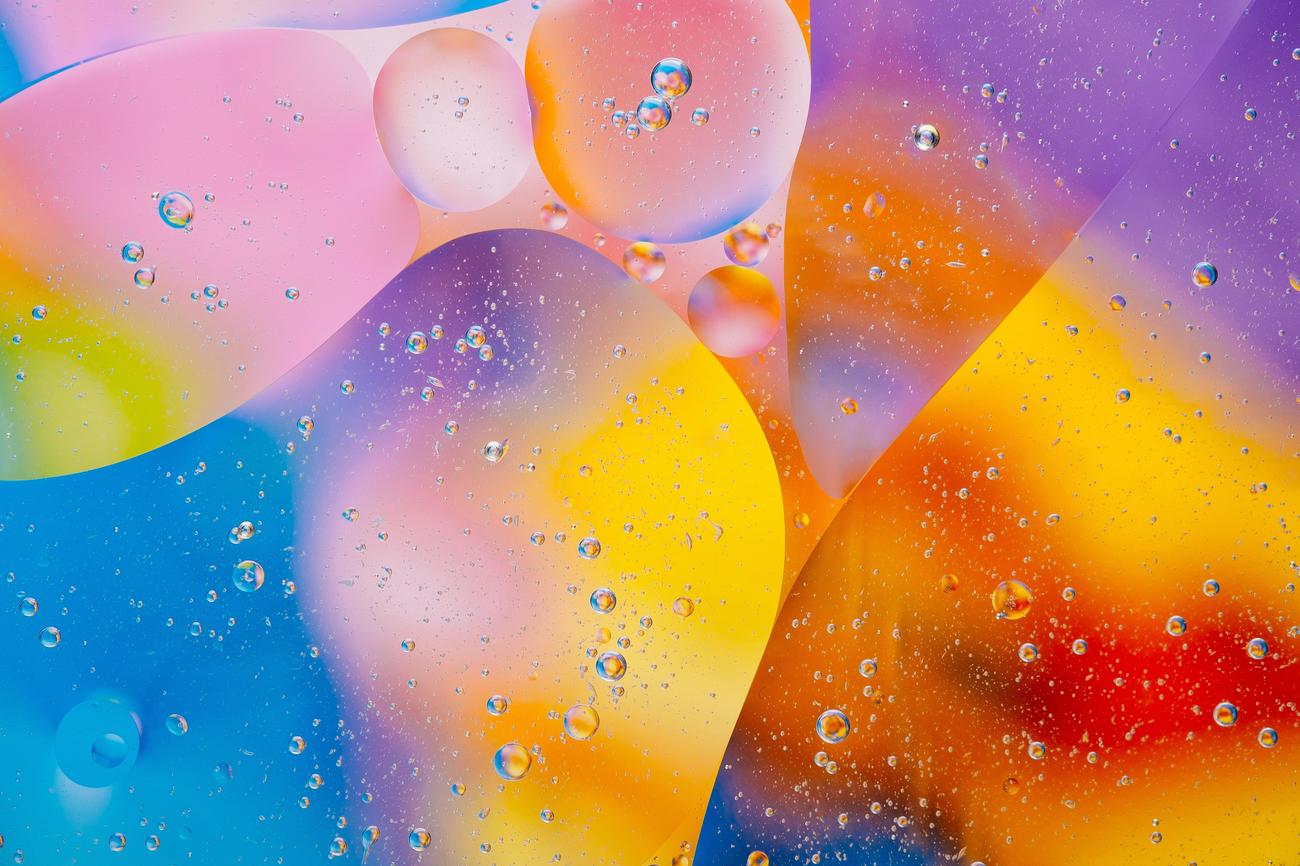
FAQ
Q: How are bubbles made?
A: Bubbles are made by forming a thin film of soapy water that traps air in the center, causing the bubble to retain its spherical shape until it pops. The film that makes up the bubble consists of three layers: a thin layer of water sandwiched between two layers of soap molecules.
Q: Can bubbles be made with gases other than air?
A: Yes, bubbles can be made with gases other than air. For example, bubbles can be made with carbon dioxide or when water breaks down to produce hydrogen and oxygen gases.
Q: How are bubbles formed on a molecular level?
A: At a molecular level, a bubble is a spherical layer of water molecules surrounded on either side by a layer of detergent molecules. This arrangement allows the bubble to trap air inside and maintain its shape.
Q: Can the size of bubbles vary?
A: Yes, the size of bubbles can vary. The biggest bubbles can be made with special bubble solutions and tools that help create large, sturdy bubbles.
Q: How are bubbles generated in different settings?
A: Bubbles can be generated in different settings using various methods. For example, blowing air through a soapy solution or using specialized bubble wands can create bubbles. Additionally, specific equipment and techniques are used in industries such as food and beverage production to generate bubbles in liquids.
- Senior at What Age: Benefits & Eligibility Guide - March 29, 2025
- Unlocking Senior Benefits: How Old is a Senior? Your Complete Guide - March 29, 2025
- Master Russian Politeness:A Guide to Saying Please - March 29, 2025
